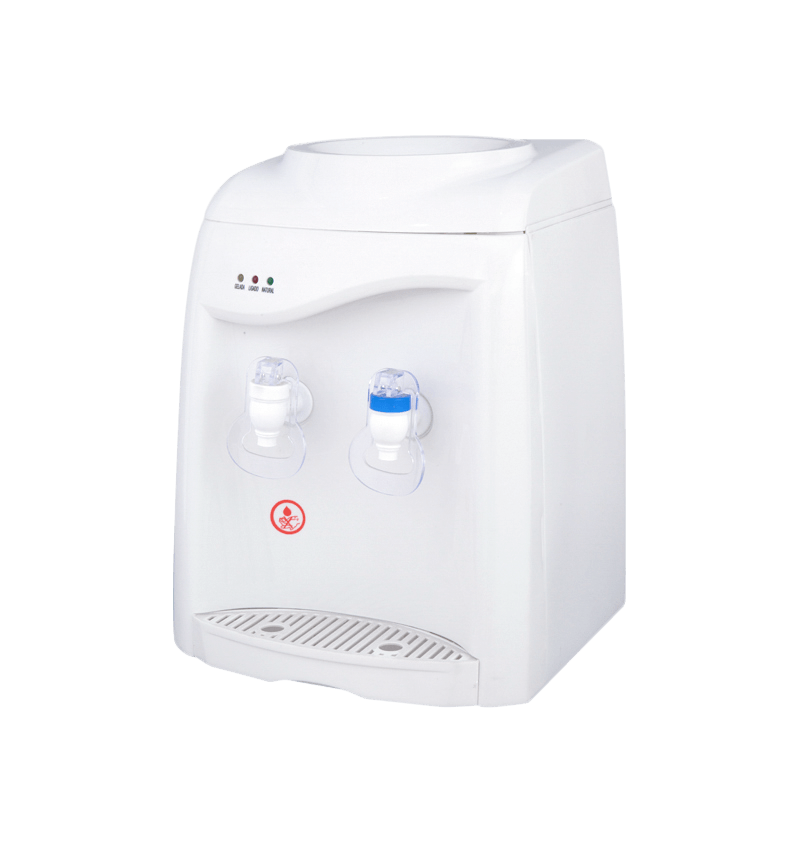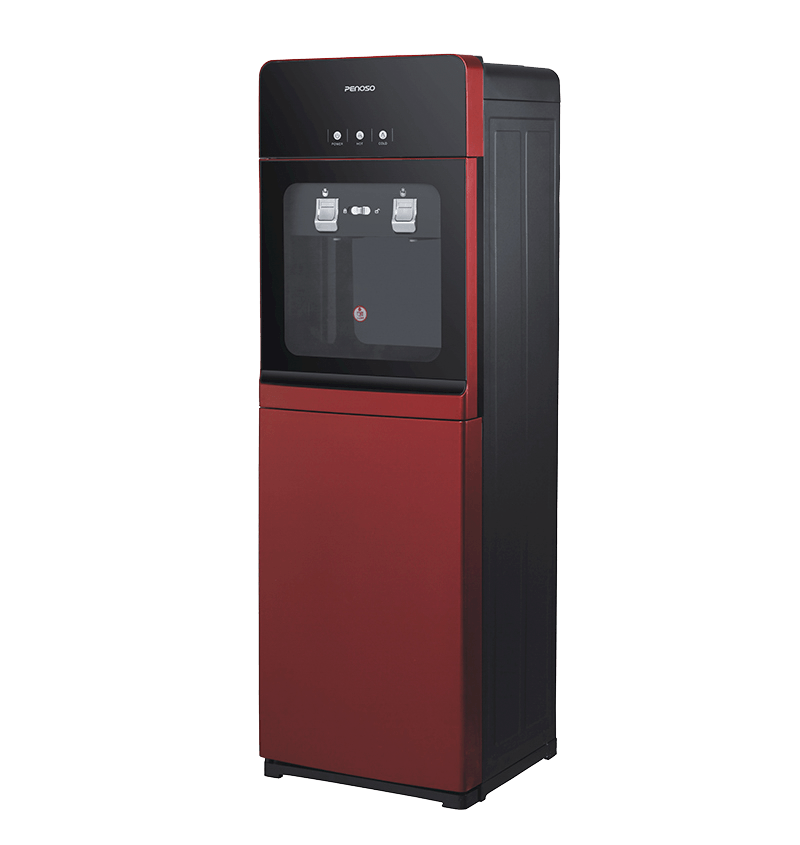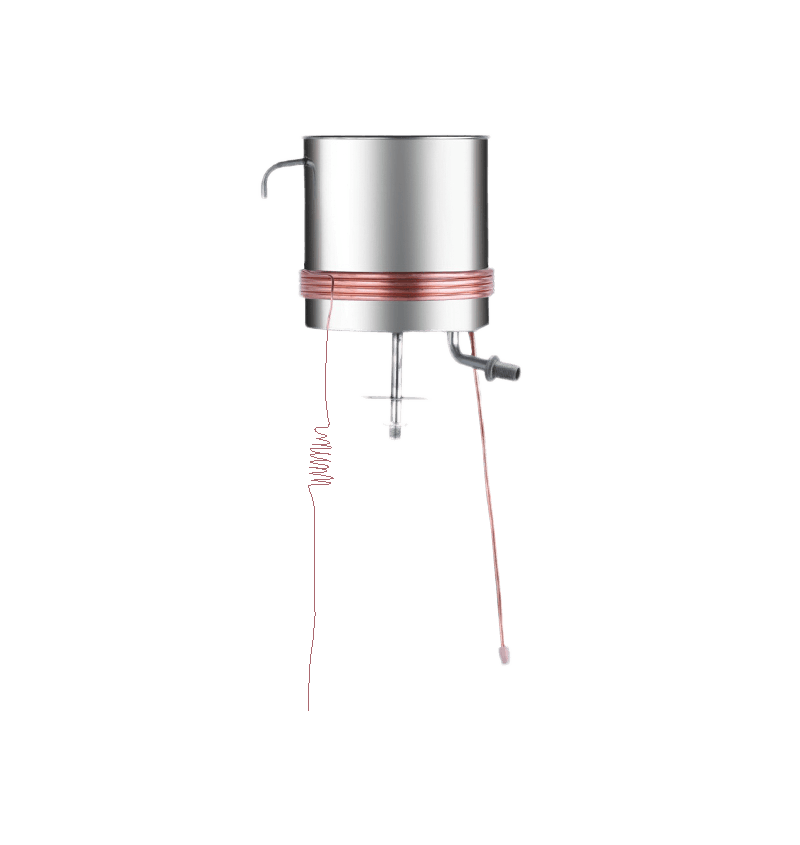Overview of Temperature Functions in Pipeline Water Dispensers
Pipeline water dispensers are designed to provide stable and convenient drinking water by connecting directly to a building’s water supply. One of the commonly discussed performance aspects is whether these dispensers support both hot and cold temperature functions. In modern designs, dual-temperature capability is often included to meet diverse user needs in environments such as offices, schools, factories and households. The presence of both heating and cooling systems requires thoughtful configuration to ensure consistent output, manageable energy consumption and ease of use. Manufacturers usually adopt controlled heating tanks and compressor-based or electronic cooling structures that maintain water temperature within a stable range.
How Heating Systems Operate in Pipeline Water Dispensers
The heating function of a pipeline water dispenser typically relies on an internal stainless-steel heating tank or an instant-heating module. These systems are engineered to elevate water to a temperature suitable for preparing beverages such as tea, coffee or instant food. Heating modules often incorporate thermostatic components that monitor water temperature and activate reheating when necessary to ensure consistent warmth. To maintain safety standards, most dispensers include protection mechanisms such as automatic power-off when overheating is detected. The integration of heating technology does not significantly affect the flow of water, as the system is designed to heat only the required volume, reducing unnecessary energy usage and maintaining operational stability for long-term use.
How Cooling Systems Operate in Pipeline Water Dispensers
The cold-water function is generally achieved through either compressor-based cooling or electronic semiconductor cooling. Compressor cooling is commonly used for larger-capacity models because it provides a steady cooling effect and performs well under continuous demand. Semiconductor cooling, also known as thermoelectric cooling, is more suitable for compact units with moderate cooling requirements. Both cooling methods ensure that users have access to refreshing cold water throughout the day. The internal pipes and storage containers are insulated to preserve low temperatures and reduce the influence of ambient heat. These features enable pipeline water dispensers to deliver cold water efficiently without compromising hygiene or operational stability.
Common Temperature Ranges in Pipeline Water Dispensers
| Function | Typical Temperature Range | Operating Method |
|---|---|---|
| Hot Water | 85°C – 95°C | Internal heating tank or instant-heating module |
| Cold Water | 4°C – 12°C | Compressor or semiconductor cooling |
Energy Consumption Considerations for Hot and Cold Features
Models equipped with both heating and cooling modules generally require more energy than single-temperature dispensers. The heating function consumes energy mainly during reheating cycles, while cooling systems may operate continuously depending on the insulation quality and demand level. To manage consumption, manufacturers often integrate energy-saving modes, temperature control switches and insulated tanks that reduce heat loss. These features allow users to adjust whether they want hot, cold or both temperature modes active at any given time. Reducing unnecessary operation can prolong the lifespan of internal components and help maintain stable performance in long-term service environments.
User Scenarios Where Dual-Temperature Functions Are Useful
Having both hot and cold water available from a single pipeline dispenser adds adaptability across various settings. In office environments, employees can prepare hot beverages or drink chilled water throughout the workday without waiting for kettles or refrigerators. In schools or hospitals, the availability of warm water supports safe consumption, while cold water helps maintain hydration in warmer seasons. Commercial facilities such as factories also benefit from the reliability of dual-temperature dispensers because they reduce downtime and improve convenience for large groups of users. These scenarios highlight how hot and cold functions support different daily routines without requiring additional appliances.
Comparison of Single-Temperature and Dual-Temperature Dispensers
| Type | Functions | Suitable Environments |
|---|---|---|
| Hot-Only | Provides heated drinking water | Tea rooms, small offices, elderly care units |
| Cold-Only | Provides chilled drinking water | Gyms, cafeterias, recreation areas |
| Hot & Cold | Both heating and cooling available | Offices, schools, factories, homes |
Safety Features Related to Hot and Cold Water Supply
Because water dispensers operate at both high and low temperatures, manufacturers incorporate safety measures to prevent accidental burns, leaks or system malfunctions. Hot-water taps may include child safety locks or push-to-dispense mechanisms that reduce accidental activation. Thermal insulation protects users from touching heated surfaces, while high-temperature sensors ensure that heating modules switch off automatically when necessary. For cold-water systems, safeguards include frost-control mechanisms and protection for the compressor to avoid overloading. These safety components are essential for ensuring that the dispenser functions consistently in different environments without causing user inconvenience or risk.
Maintenance Requirements for Hot and Cold Functions
Both heating and cooling modules require periodic maintenance to maintain performance. Heating tanks may accumulate mineral deposits depending on the water quality, requiring periodic cleaning or descaling. Cooling systems need ventilation clearance to prevent heat buildup around the condenser or semiconductor plates. Replacing filters at recommended intervals helps ensure that water entering both modules remains clean and free from contaminants. Regular inspections also help identify early signs of component wear, such as temperature fluctuations, unusual noise or extended cooling time. Consistent maintenance ensures that the dispenser continues to deliver reliable hot and cold water output for extended periods.
Common Maintenance Tasks
| Component | Maintenance Need | Frequency |
|---|---|---|
| Heating Tank | Descaling and cleaning | Every 3–6 months |
| Cooling System | Dust removal and ventilation check | Every 2–4 months |
| Filter Cartridge | Replacement | Every 3–6 months |
| Pipelines | Rinsing and sanitation | Every 1–3 months |
Practical Considerations When Choosing a Dual-Temperature Model
When selecting a pipeline water dispenser with both heating and cooling functions, users often assess factors such as heating capacity, cooling speed, filtration compatibility and energy efficiency. Systems with higher-capacity tanks are suitable for locations with substantial demand, while compact models meet the needs of smaller offices or households. The durability of internal pipes and insulation materials also influences temperature stability. Some units offer adjustable temperature settings, enabling users to customize water output according to seasonal or daily needs. These considerations help ensure that the chosen dispenser aligns with the user’s operational habits and environment.
Impact of Dual-Temperature Design on Water Quality
The dual-temperature structure does not inherently affect the purity of drinking water. Instead, water quality is determined largely by the filtration system and the cleanliness of internal components. Many pipeline dispensers integrate multi-stage filtration systems that include activated carbon, sediment filters and membrane purification. These filters remove odors, sediments and certain dissolved substances before the water enters heating or cooling modules. Proper maintenance ensures that no residue accumulates in the tanks or pipes, allowing the dispenser to deliver clean water consistently at both temperature settings. Thus, water quality remains dependent on filtration effectiveness rather than temperature capability itself.
Operational Stability in Different Environmental Conditions
A dual-temperature pipeline water dispenser is intended to function across various indoor environments. However, ambient temperature may affect the workload of the heating and cooling modules. In hotter climates, the cooling system may cycle more frequently, while in colder seasons, the heating system may activate more often. Manufacturers account for these variations by designing systems with stable control boards, insulated tanks and efficient compressors or semiconductor plates. With proper ventilation and installation clearance, the dispenser can operate reliably in offices, commercial buildings and public institutions without experiencing inconsistent output or excessive energy consumption.



 English
English عربى
عربى Português
Português Español
Español.jpg)








